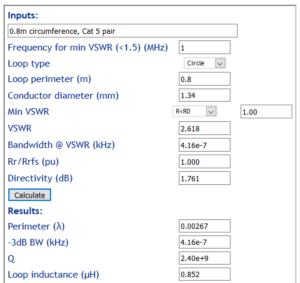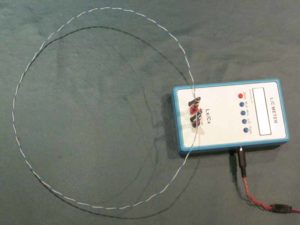The YHDC SCT013 series is very popular for use in energy monitor projects.

Disassembly
Warning, the core is VERY hard, but VERY brittle, don’t hit it with anything hard, don’t grip in with pliers, don’t drop it on a hard surface.
The coil and half core are held in the lower housing by two obvious catches which click over the bobbin. Removal means pulling the assembly upwards gently whilst releasing the catches and feeding cable into the housing. One of the catches will probably catch on the slot in the bobbin, be prepared to release it.

An ideal tool for the purpose is an ordinary $2 DIP chip puller which can be used to get purchase on the two ears on the bobbin that can be seen in this pic. Push a little cable into the housing, pull upwards while releasing the catches, then feed more cable and the assembly is pulled upwards from the housing.

Above is the PCB detail. This one has a TVS (the black component) and no burden resistors. There is a place for two parallel 0806 burden resistors on the board.

The PCB floats on two plastic pin extensions of the bobbin. You may obtain benefit in securing it with two very small fillets of hot melt adhesive as above, small enough so as to not interfere with the guide rails in the enclosure.
Burden resistors
So if you wanted to add a burden resistor for 0.333V out at 50mA secondary current, R=0.3333/0.05=6.6667. You could do this with 1% resistors in the E12 value series, 12Ω and 15Ω will give the desired resistance. Likewise for 1V out, 22Ω and 220Ω in parallel will give the desired value of 20Ω.
If you wish to remove existing burden resistors, they can be removed with specialised tooling but small SMD resistors will usually melt the other side solder moments after melting the first side. Position a toothpick with one had to push the resistor sideways, with the other and use the soldering iron to eat one side to melt, move the soldering iron to the other side and push the resistor sideways with the toothpick as soon as both sides melt.
Protection
A CT that has no load could develop extreme and damaging voltage within the secondary winding in the presence of primary current. If the CT assembly does not have an integral burden resistor, it is wise to install a TVS or pair of inverse series 9V Zener diodes to prevent excessive voltage lest the external load be disconnected.
Last update: 8th September, 2017, 10:58 AM
















